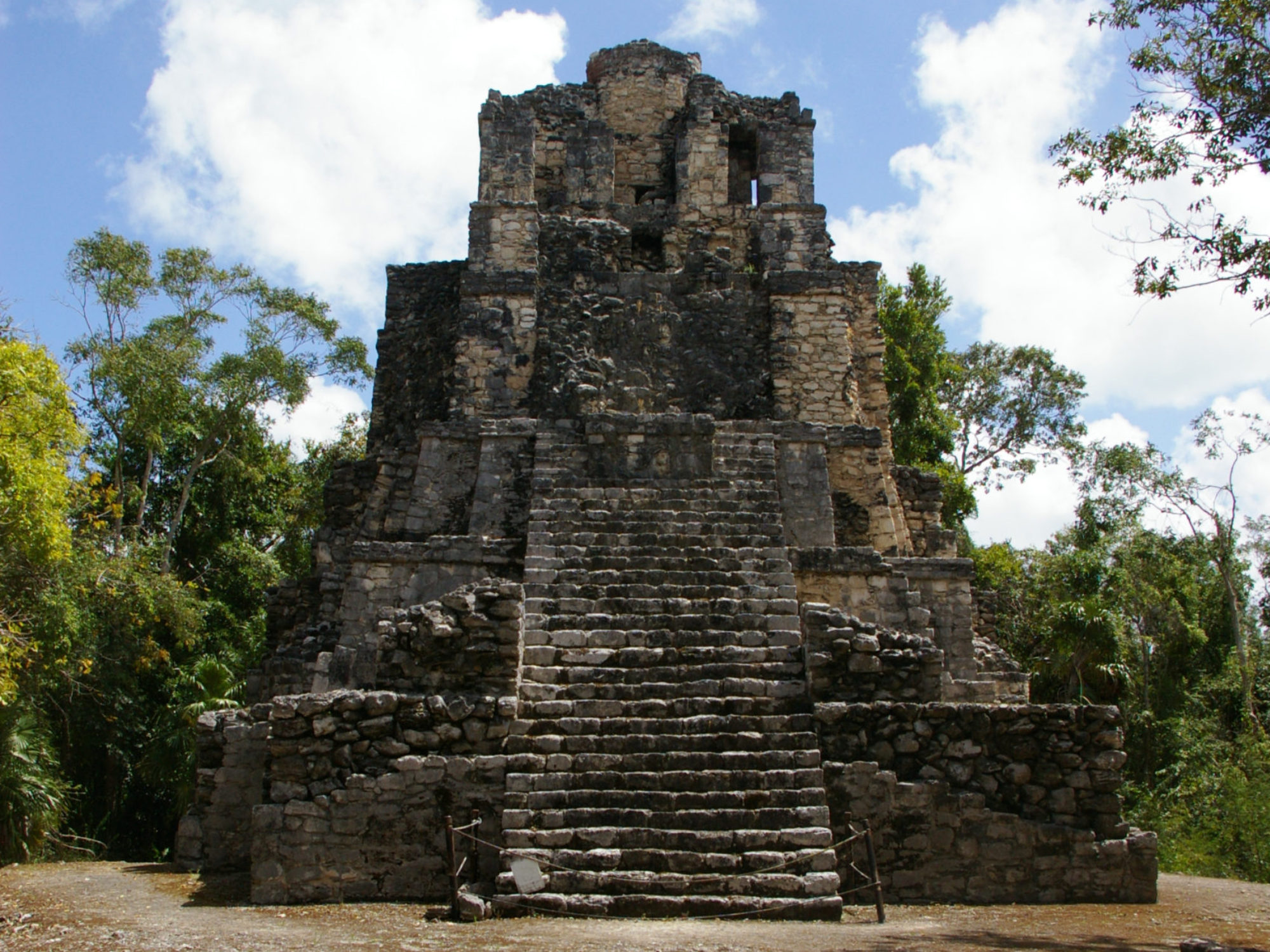September 9, 2023 Dr. Michael J. Grofe: “Yaxk’in, the Solar Nadir, and the Maya Agricultural New Year.”
The full hieroglyphic form of YAXK’IN is equivalent to the Haab patron for the winal of Yaxk’in, and multiple examples of this patron show the chthonic, centipede/skeletal serpent symbolism of the underworld sun. As ‘blue-green’, yax is the well-known directional color that represents the central, vertical axis. Together with k’in, as ‘sun’, the name yaxk’in symbolically evokes an understanding of the physical location of the midnight sun at the nadir in the regenerative center of the watery underworld during the dry season. This presentation demonstrated the evidence from monumental inscriptions and iconography that the name of the winal of Yaxk’in from the Classic Maya Haab calendar was originally associated with the dry season that begins in February and extends through April in the Maya lowlands, in accordance with the name of the dry season attested in the ethnographic record in multiple Mayan languages as yaxk’in. Among the Ch’orti’ and Mopan, the onset of the dry season was traditionally commemorated with an agricultural New Year at midnight on February 8-9, which is the precise time at which the sun reaches the first, local solar nadir or anti-zenith at both the latitude of the Ch’orti’ near Copan, as well as the latitude of the Preclassic site of Takalik Abaj (14.64ºN). It is in Takalik Abaj that we find the earliest evidence for the Maya Haab patrons on Altar 12, dating to the the 3rd century BC, when the winal of Yaxk’in coincided with the February solar nadir prior to the rapid drift of the Haab from what is herein proposed as its original position the tropical year. Furthermore, the canonical dates of February 9-12 are commemorated architecturally throughout Mesoamerica as part of the so-called Teotihuacan family of alignments that describe an idealized, lowland agricultural calendar, and a fixed period of 260 days that closely corresponds with the actual Ch’orti’ agricultural cycle and its astronomical and seasonal divisions.
Michael Grofe is a specialist in Maya hieroglyphic writing, archaeoastronomy, comparative mythology, and cacao. An experienced teacher, he is a four-field Professor and Chair of the Anthropology Department at Sacramento City College in California. He currently serves as the President of Mayas for Ancient Mayan (MAM), which helps Maya teachers and students learn to read and write in the Classic Maya hieroglyphic script, and he has led multiple archaeological field courses with the Maya Exploration Center. In his doctoral research at the University of California at Davis, he explored a new astronomical interpretation of the Serpent Series within the Dresden Codex that incorporates precise measurements of the sidereal year. His subsequent publications expand this research with additional data from deep time calculations that supports intentional measurements of the sidereal and tropical years in Classic period Maya inscriptions, and he explores how applied theoretical astronomy is interwoven with mythological narratives throughout these inscriptions.
The talk was recorded, and is available for members at Meeting Archives.


